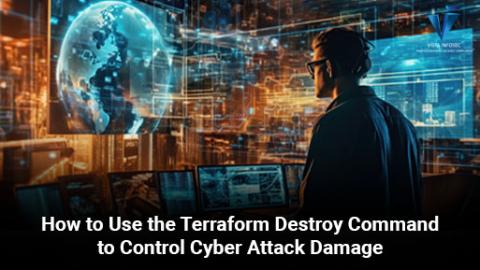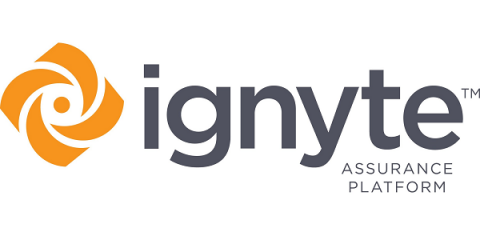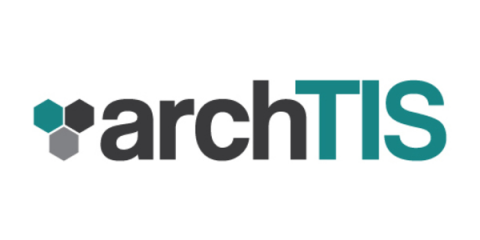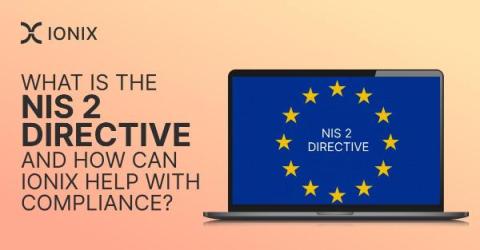How to Use the Terraform Destroy Command to Control Cyber Attack Damage
In many cases, cutting something off is necessary to avoid bigger damage. This is the idea behind controlled infrastructure removal, the elimination of some parts of your cloud infrastructure to contain an attack or remove a potential attack surface. It is an important part of infrastructure-as-code (IaC) management and something organizations need to be familiar with as they secure their cloud environments and the apps they develop.











